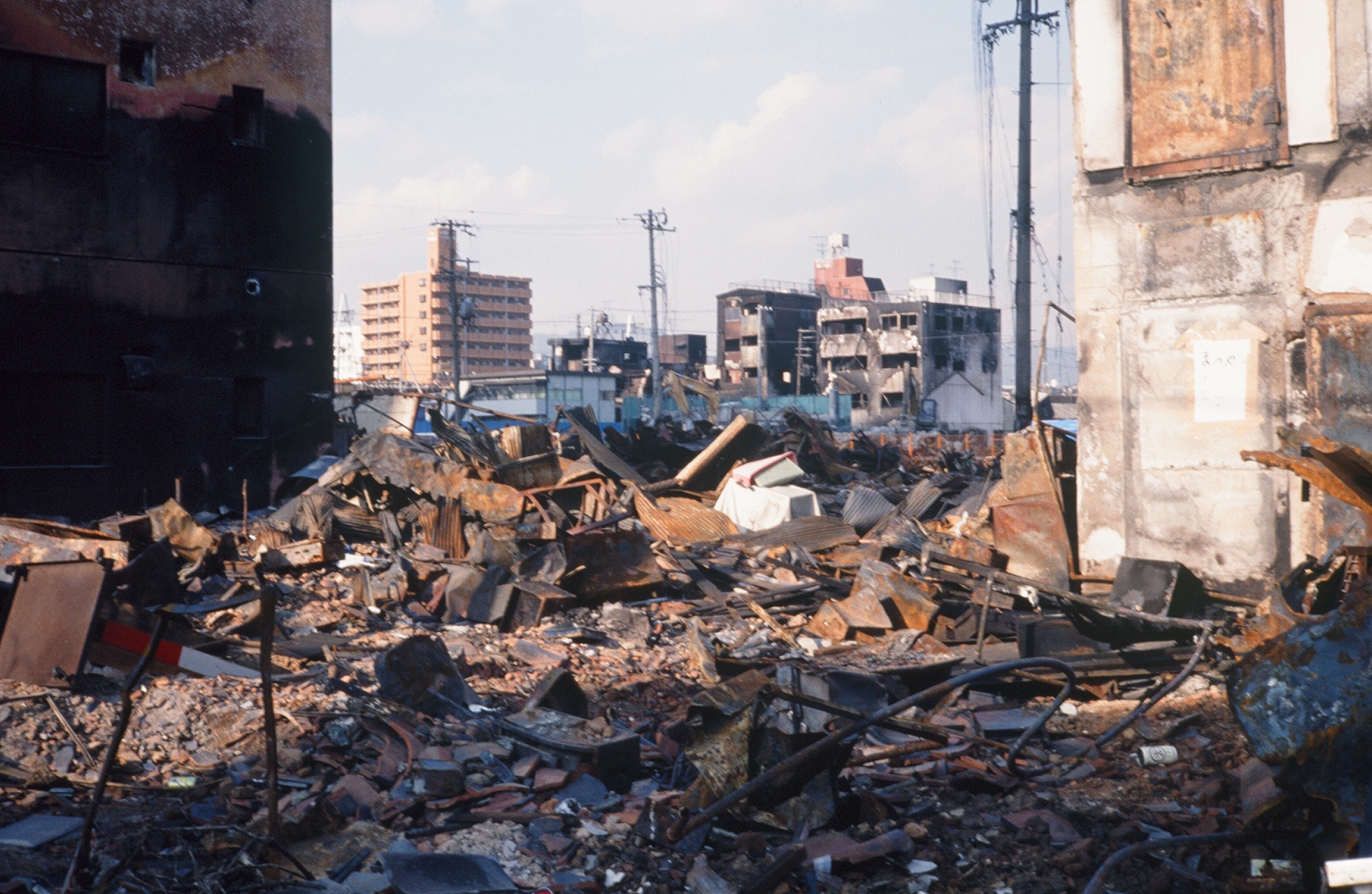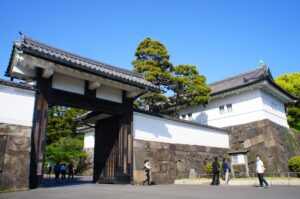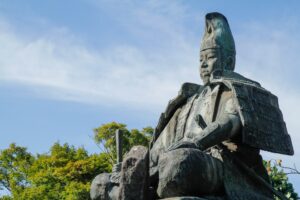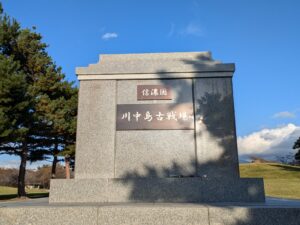Japan is one of the most earthquake-prone countries in the world, experiencing thousands of tremors each year. This article delves into the historical significance of earthquakes in Japan, provides essential safety tips, and explores scientific research and technological advancements aimed at understanding and mitigating the impact of these natural disasters.
Historical Overview of Earthquakes in Japan
Japan’s history is marked by numerous significant earthquakes, each leaving a profound impact on the nation. The 1923 Great Kanto Earthquake, with a magnitude of 7.9, devastated Tokyo and Yokohama, killing over 140,000 people. This event underscored the need for improved building standards and disaster preparedness.
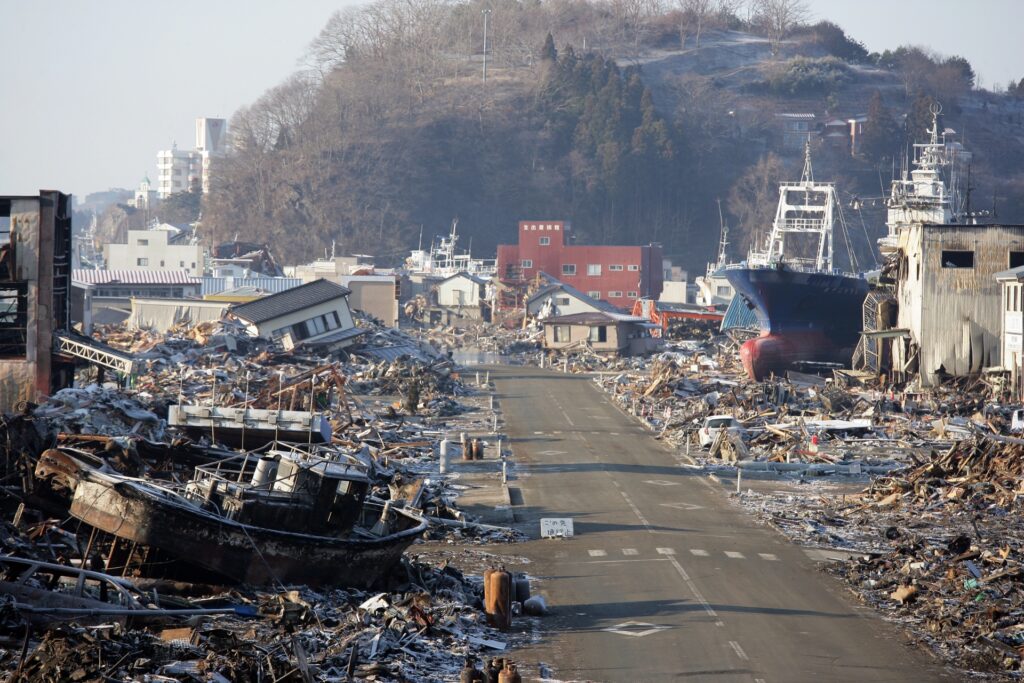
In more recent history, the 2011 Tohoku Earthquake, a magnitude 9.0 quake, struck off the northeastern coast, triggering a massive tsunami and the Fukushima nuclear disaster. This earthquake was the most powerful ever recorded in Japan and the fourth most powerful in the world since modern seismography began. The disaster resulted in approximately 20,000 deaths and prompted global discussions on nuclear safety and disaster management.
Other notable earthquakes include the 1995 Kobe Earthquake, which caused extensive damage and loss of life in the Hyogo Prefecture, and the 2016 Kumamoto Earthquake series, highlighting the continuous seismic threat Japan faces. Each of these events has contributed to Japan’s evolving approach to earthquake preparedness and response.
Understanding Seismic Activity in Japan
Japan’s frequent earthquakes are primarily due to its location along the Pacific Ring of Fire, where several tectonic plates, including the Pacific, Philippine Sea, and Eurasian plates, interact. The subduction of the Pacific Plate beneath the North American Plate and the Philippine Sea Plate under the Eurasian Plate generates immense stress, leading to frequent seismic activity.
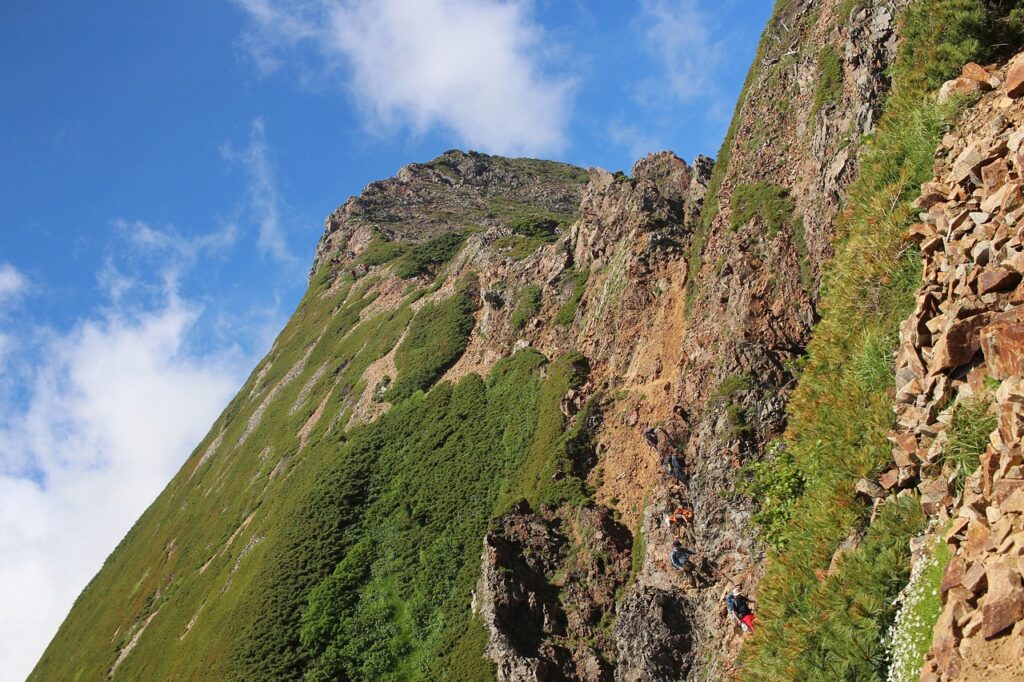
The movement of these plates is illustrated in diagrams of tectonic plate boundaries, showing how the compression, subduction, and collision of these plates cause earthquakes. Japan experiences about 1,500 earthquakes annually, with varying magnitudes and impacts, making it one of the most seismically active regions in the world.
Earthquake Measurement and Monitoring
Earthquake measurement in Japan involves sophisticated technology and methodologies. The Richter scale, developed in the 1930s, measures the magnitude of an earthquake based on the amplitude of seismic waves. However, the Japan Meteorological Agency (JMA) uses the JMA Seismic Intensity Scale, which assesses the degree of shaking and damage at specific locations, providing a more detailed impact analysis.
Seismographs, instruments that detect and record seismic waves, are extensively used across Japan. The JMA operates a comprehensive network of seismographs and accelerometers, providing real-time data on seismic activity. This data helps in issuing timely warnings and assessing the potential damage of earthquakes, contributing to Japan’s robust disaster preparedness infrastructure.
Earthquake Preparedness and Safety Tips
Preparing for an earthquake involves several practical steps to ensure safety during and after a quake. Creating an emergency kit with essentials such as water, food, first aid supplies, and important documents is crucial. Families should develop an emergency plan, including safe meeting points and communication strategies.
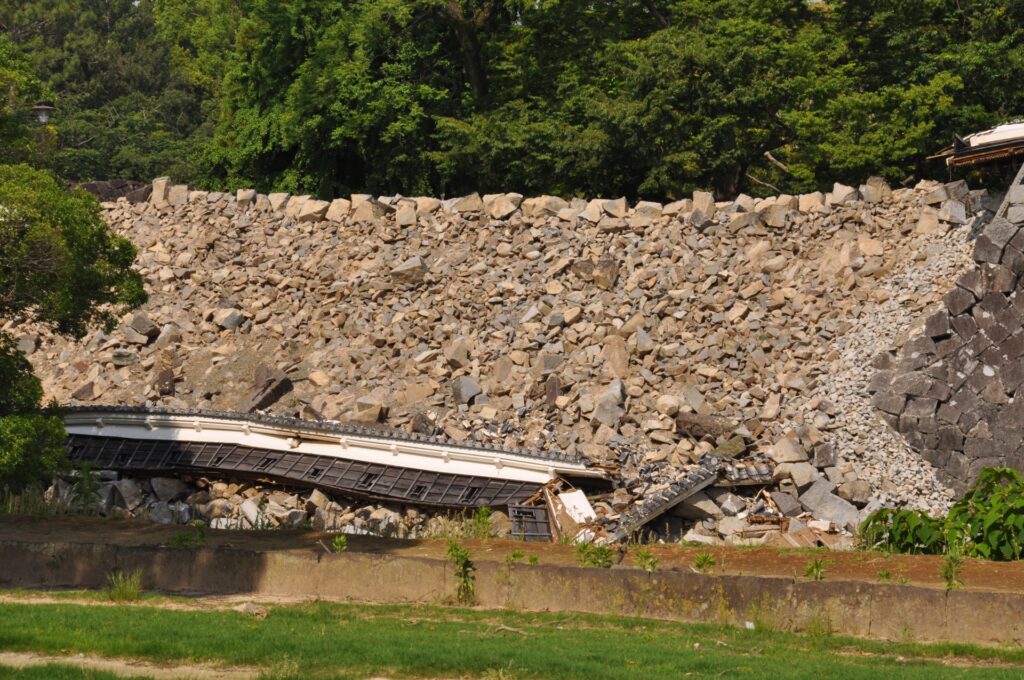
During an earthquake, it’s important to “Drop, Cover, and Hold On” – drop to your hands and knees, cover your head and neck, and hold on to sturdy furniture. After the shaking stops, evacuate to open areas away from buildings, power lines, and other hazards. Regular earthquake drills and staying informed through reliable sources like the JMA can significantly enhance personal and community safety.
Technological Advancements in Earthquake Prediction
Japan has made significant strides in earthquake prediction and early warning systems. The Earthquake Early Warning (EEW) system, operated by the JMA, provides seconds to minutes of warning before strong shaking occurs. This system uses a network of seismometers to detect initial seismic waves (P-waves) and quickly estimate the quake’s location and magnitude.
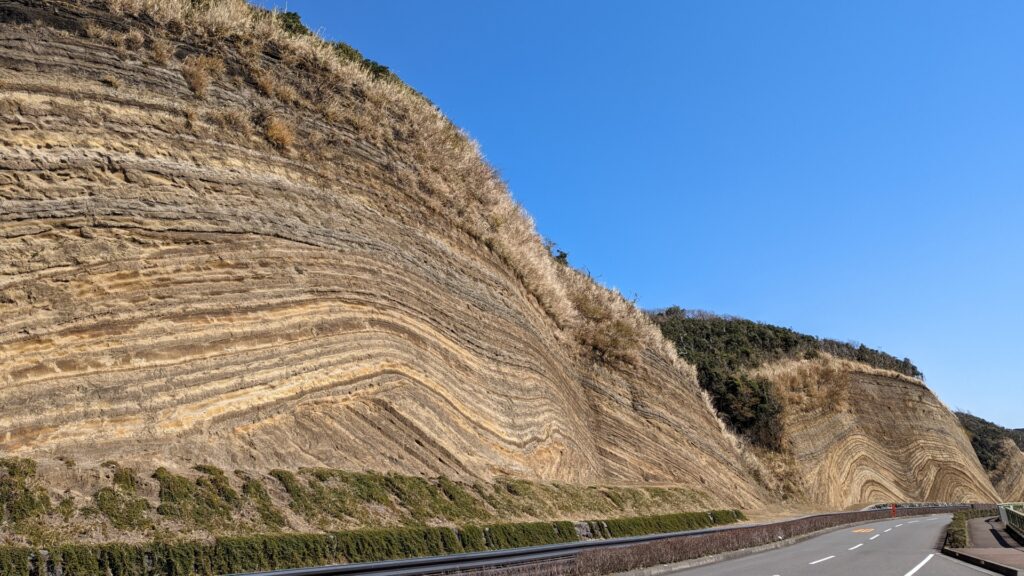
Ongoing research aims to improve prediction accuracy and develop new technologies. For example, scientists are exploring the potential of using artificial intelligence to analyze seismic data more effectively and predict aftershocks. Additionally, advancements in satellite technology are enhancing the monitoring of tectonic movements, contributing to better preparedness and response strategies.
The Impact of Earthquakes on Japanese Society
Frequent earthquakes have profoundly shaped Japanese society, influencing everything from architecture to daily life. Traditional wooden houses, designed to flex and sway, reflect an early understanding of seismic resilience. Modern buildings incorporate advanced engineering techniques, such as base isolation and energy dissipation devices, to withstand earthquakes.
Culturally, earthquakes are ingrained in the collective consciousness, with regular drills and public education campaigns ensuring high levels of preparedness. Personal stories and survivor accounts from major quakes like the 2011 Tohoku disaster highlight the resilience and solidarity of the Japanese people, offering valuable lessons in disaster management and recovery.
International Cooperation and Aid in Earthquake Recovery
International cooperation plays a vital role in Japan’s earthquake recovery efforts. Following the 2011 Tohoku Earthquake, global aid poured into Japan, with countries sending financial assistance, rescue teams, and technical expertise. Organizations like the Red Cross and the United Nations coordinated relief efforts, ensuring efficient resource allocation and support.
Japan also engages in international collaborations to enhance its disaster response capabilities. Partnerships with countries like the United States and New Zealand involve sharing knowledge and technologies, conducting joint research, and participating in disaster response exercises. These collaborations not only aid in recovery but also strengthen global resilience against future seismic events.

